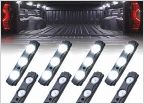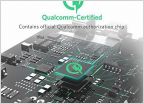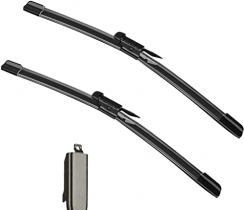-
Welcome to Tundras.com!
You are currently viewing as a guest! To get full-access, you need to register for a FREE account.
As a registered member, you’ll be able to:- Participate in all Tundra discussion topics
- Transfer over your build thread from a different forum to this one
- Communicate privately with other Tundra owners from around the world
- Post your own photos in our Members Gallery
- Access all special features of the site
My fuel pump diagnostic and repair thread
Discussion in '2.5 Gen Tundras (2014-2021)' started by KenNN, May 5, 2022.


 Middle console insert
Middle console insert Time for front brakes- vendor recommendations?
Time for front brakes- vendor recommendations? Reflector or light in bottom of door
Reflector or light in bottom of door FAST Wireless Charging/Wireless Charger Hardwire Voltage Crap
FAST Wireless Charging/Wireless Charger Hardwire Voltage Crap Front License Plate Screw Holes
Front License Plate Screw Holes Console organizer ?
Console organizer ?














































































